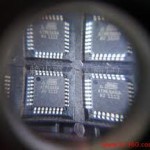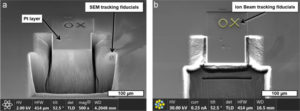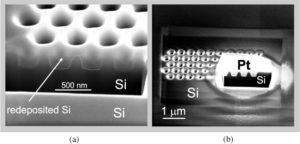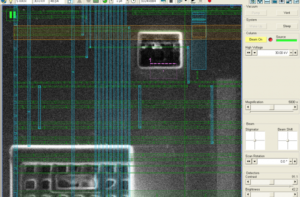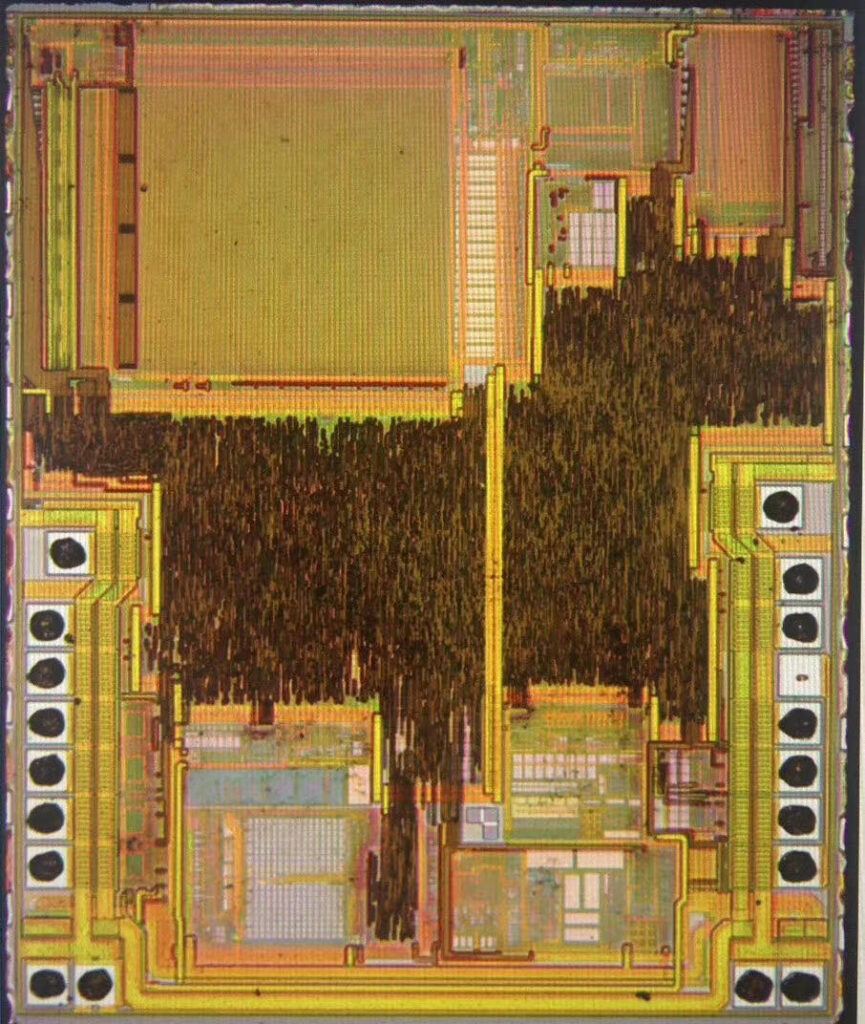Unlock Microcontroller ATMEGA168PA Heximal
Unlock Microcontroller ATMEGA168PA need to use the nitric acide to dissolve the silicon package which has been viewed as decapsulation then use laser cut to modify its internal circuitry pattern, dump Heximal file out from the memory once the MCU ATmega168PA has been reset to open status;
Unlock Microcontroller ATMEGA168PA need to use the nitric acide to dissolve the silicon package which has been viewed as decapsulation then use laser cut to modify its internal circuitry pattern, dump Heximal file out from the memory once the MCU ATmega168PA has been reset to open status
The internal oscillator provides a 4 MHz (nominal) system clock (see Section 12.0 “Electrical Characteristics” for information on variation over voltage and temperature). In addition, a calibration instruction is programmed into the last address of memory, which contains the calibration value for the internal oscillator.
This location is always uncode protected, regardless of the code-protect settings. This value is programmed as a MOVLW xx instruction where xx is the calibration value and is placed at the Reset vector before Unlock clone dsp IC dsPIC30F3010 Microcontroller.
This will load the W register with the calibration value upon Reset and the PC will then roll over to the users program at address 0x000. The user then has the option of writing the value to the OSCCAL Register (05h) or ignoring it. OSCCAL, when written to with the calibration value, will “trim” the internal oscillator to remove process variation from the oscillator frequency when discover microcomputer sak-xc167ci code.
The device differentiates between various kinds of Reset:
· Power-on Reset (POR)
· MCLR Reset during normal operation
· MCLR Reset during Sleep
· WDT time-out Reset during normal operation
· WDT time-out Reset during Sleep
Wake-up from Sleep on pin change
Wake-up from Sleep on comparator change
Some registers are not reset in any way, they are unknown on POR and unchanged in any other Reset.
Most other registers are reset to “Reset state” on Power-on Reset (POR), MCLR, WDT or Wake-up on pin change Reset during normal IC breaking operation. They are not affected by a WDT Reset during Sleep or MCLR Reset during Sleep, since these Resets are viewed as resumption of normal operation.
The exceptions to this are TO, PD, GPWUF and CWUF bits. They are set or cleared differently in different Reset situations. These bits are used in software to determine the nature of Reset. See Table 9-1 for a full description of Reset states of all registers.
Tags: unlock microcontroller heximal archive,unlock microcontroller heximal code,unlock microcontroller heximal content,unlock microcontroller heximal data,unlock microcontroller heximal eeprom,unlock microcontroller heximal file,unlock microcontroller heximal firmware,unlock microcontroller heximal information,unlock microcontroller heximal memory,unlock microcontroller heximal program


